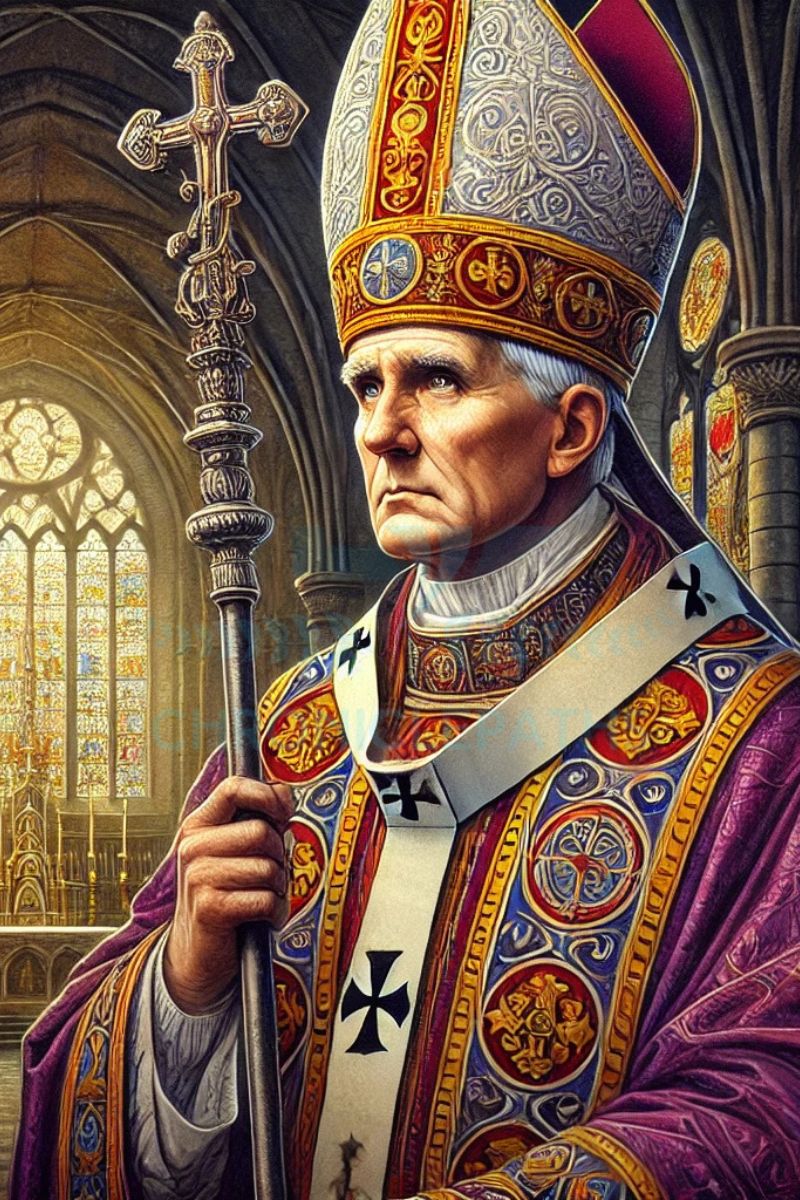Pope Benedict III might not be the most well-known pope, but the Pope Benedict III Legacy reveals a time marked by resilience and determination in the face of political turmoil. Rising to prominence during the 9th century, a period filled with internal church struggles and external political conflicts, Benedict III’s papacy offers a fascinating glimpse into the medieval world and the challenges of leading the church. His legacy continues to influence the Catholic Church today.
Early Life and Background
Benedict III served as pope from 855 to 858, a relatively short period but one packed with notable events. Despite a contested election and significant opposition, he solidified his role as a pope committed to stability, unity, and guiding the church through turbulent times. Though much of his early life remains obscure, Benedict III is believed to have been born in Rome to a devout Christian family. His early life set the foundation for his later roles within the church, which eventually led him to the Vatican.
Path to the Papacy
Benedict III’s journey to becoming pope was not straightforward. He held various positions within the church, gaining experience and respect among his peers. His election was initially contested by other factions, but his steady approach helped him secure the position.
The Political Landscape of the 9th Century
The 9th century was a time of political upheaval, especially within the Holy Roman Empire. Tensions between church and state were high, and the papacy often found itself in complex negotiations. Benedict III had to navigate these conflicts, balancing power and diplomacy.
Challenges During His Papacy
Upon his election, Benedict III faced immediate challenges. There was controversy over his appointment, with certain factions backing a different candidate. However, Benedict’s leadership helped him overcome these obstacles, establishing his authority as pope.
Benedict III’s Key Contributions
Despite a short papacy, Benedict III made significant contributions. He emphasized unity within the church and sought to address internal issues that had caused divisions. His reforms aimed to strengthen the church’s influence and solidify its governance.
Relations with the Frankish Empire
Maintaining a relationship with the Frankish Empire was crucial. Benedict III’s diplomatic skills helped ensure a stable alliance with Frankish rulers, which provided the church with political support and influence in European affairs.
Benedict III’s Stance on Iconoclasm
The iconoclasm debates, which revolved around the use of religious images, were still a point of contention during Benedict III’s time. He supported the veneration of icons, aligning with church doctrine and promoting unity in religious practices.
Relations with Other Religions
Benedict III maintained a balanced approach to other religions. While there was limited interaction, his policies were guided by tolerance, allowing the church to coexist with other communities without major conflicts.
Cultural Contributions
Benedict III’s papacy was a time of preserving religious art and architecture. He supported the arts to maintain the church’s cultural heritage and foster an environment that respected religious tradition and expression.
Challenges Faced by the Church
Benedict III’s primary concern was the resolution of internal conflicts within the Church. He endeavored to resolve disputes, promote reforms, and stabilize the church’s governance. These efforts were successful in mitigating the controversies that arose during his papacy.
Benedict III’s Final Days
Towards the end of his life, Benedict III’s health began to decline, yet he continued his work to uphold the values and stability of the church. He passed away in 858 and was buried in St. Peter’s Basilica
Legacy of Pope Benedict III
Pope Benedict III is remembered for his contributions to the Church, his diplomatic efforts, and his commitment to unity. Although his papacy was brief, his legacy of resilience and dedication has had a lasting impact. His contributions to the Church include his efforts to promote unity among the faithful, his efforts to resolve conflicts, and his efforts to maintain the integrity of the faith. His diplomatic efforts included his efforts to maintain relations with other nations and his efforts to maintain peace. His commitment to unity included his efforts to promote unity among the faithful and his efforts to resolve conflicts.
Conclusion
Pope Benedict III’s life and papacy offer a unique view of the medieval Catholic Church. Despite challenges and opposition, he led with integrity, leaving a legacy that continues to be remembered by church historians.
FAQs
What was his stance on iconoclasm?
Benedict III supported the veneration of religious icons, in line with established church doctrine.
How did he impact the relationship between church and state?
Benedict III maintained diplomatic relations with the Frankish Empire, ensuring political support for the church while balancing church-state dynamics.
What was the political climate during his papacy?
The 9th century was marked by power struggles within the Holy Roman Empire, requiring Benedict III to navigate complex political challenges.



